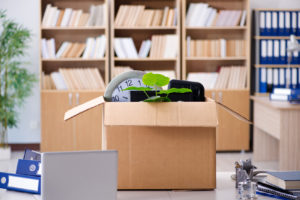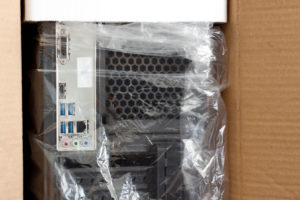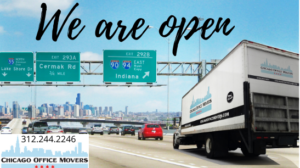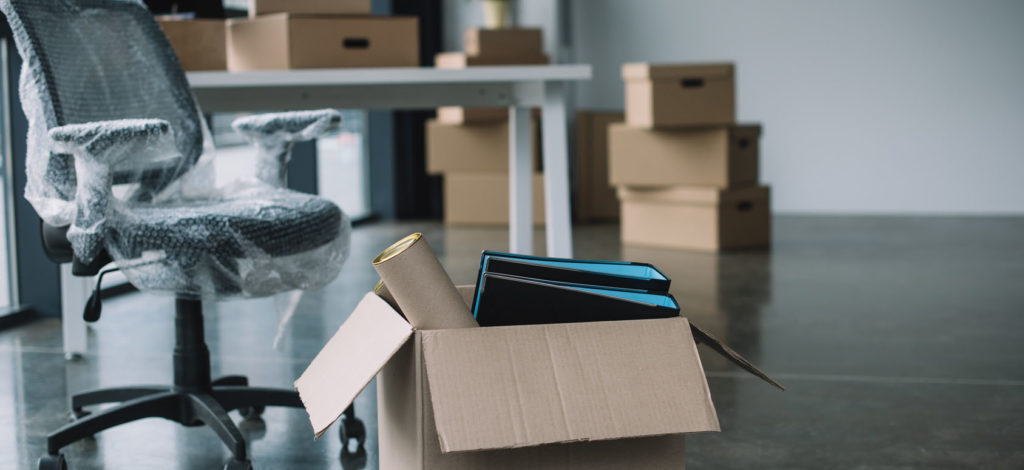
3 Steps on How to Purge at Work Before Moving
3 Steps on How to Purge at Work Before Moving
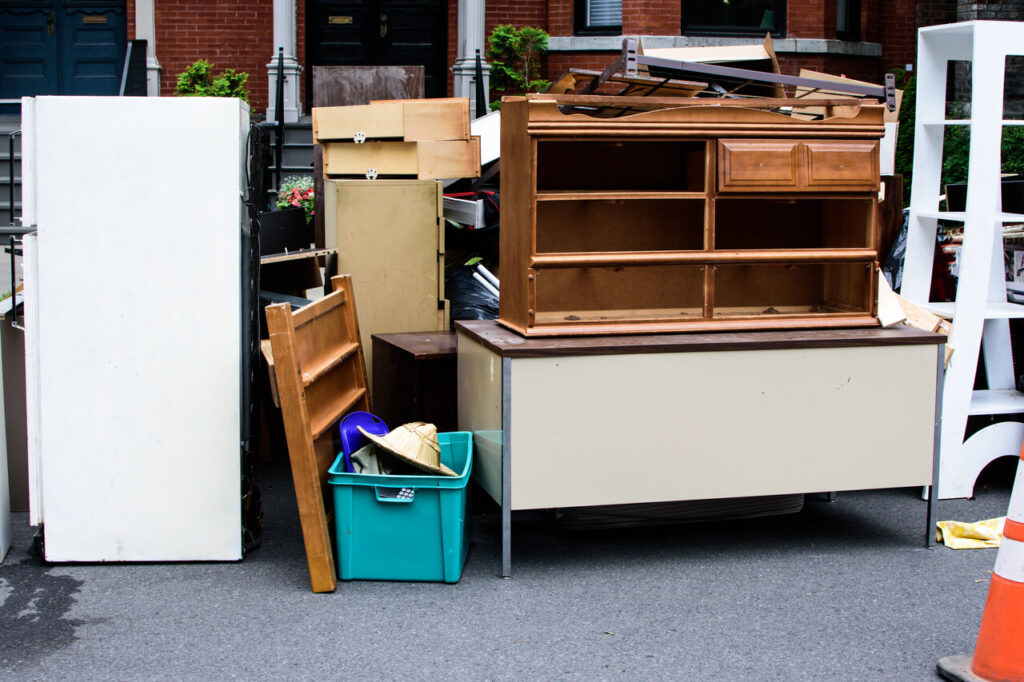
Office moves are stressful, requiring advanced planning, strategic packing and coordinating with employees. A successful move, however, can be readily achieved by packing and relocating less stuff. Here are three effective tactics to help you purge at work before the big moving day.
The Benefits of Downsizing Before Moving
Downsizing is one reason many business owners shift to a smaller office space. Rent is usually cheaper in an office with less square feet. The cost of utilities is likewise less expensive. Property taxes decrease in proportion to the smaller-sized building. Less furniture and supplies are also needed.
Reducing the number of items to be moved is critical when moving to a smaller office space. Imagine dragging a five-foot executive desk from a large office into one more restricted in size. In such cases, donating or selling the executive desk and opting for less extravagant furniture is practical.
Paper files, too, consume large amounts of office or storage space. The massive files and piles of paperwork contribute to a chaotic office environment. It makes sense to reduce the clutter of paper to focus on the work at hand and avoid drowning in a flood of files.
The advantages of relocating to an office with less stuff are clear. However, additional benefits help the business owner relocate seamlessly. An office move is simply cheaper when moving crews are obliged to pack, load and transport fewer office belongings.
For example, relocating a 3000-square foot office with huge amounts of files and furniture will cost an average of $1500 to $9000. Moving a 10,000 square foot office space runs from $5000 to $30,000. But moving fewer items, such as in a 1500 square foot space, costs $750 to $4500.
By eliminating surplus supplies, files, furniture and other office goods, a relocation will be significantly more cost-effective. This is mainly because moving quotes are based on the length of time it takes to load the truck, the expected difficulty, and the number of moving personnel.
Furthermore, the level of stress on moving day is drastically reduced when transporting less office goods to the new space. At the destination, employees have fewer boxes to sort through and unpack. Less furniture means less reassembly time is required upon arrival.
1. Evaluate Office Goods
How do employees declutter at work before moving day? The first step is to evaluate the necessity of each item in the office. If an item has not been utilized in the last six months and using it in the next six months is unlikely, consider donating or selling it.
Remember that holding on to items that may (but not definitely) have some use left in them does not help employees move toward their goal of purging the workspace. Rather, eliminate low-cost items that can be easily replaced, if needed, in the new work environment.
2. Digitize Paperwork
Decluttering requires organizing the filing system if the office still utilizes paper files. Organization may be accomplished via date, subject matter, or type of document. Better yet is to eliminate unnecessary paperwork altogether—the bonus is that an uncluttered office helps boost productivity.
Instead of packing up the endless paperwork and files, consider making use of advancements in technology. Paperless offices are good for the environment. Plus, electronic documents are easier to access, increase security, reduce paper supply costs, and help to decrease human error.
Store paperwork using cloud-based applications rather than holding on to mountains of physical documents. Start invoicing electronically and sending statements virtually. Use scanning apps and document management software. At the end of the paper purging process, recycle the inessential physical documents.
3. Sell, Donate or Recycle Furniture
Reconsider relocating outdated, unused, or broken office furniture. Many business owners simply replace old furniture once they arrive at their new destination. Getting rid of bulky furniture is a large project, but three options are ideal for properly disposing the office furniture.
Sell desirable office goods to third-party companies. These companies remove the furniture and pay a lump sum. When selling, evaluate the furniture quantity, condition, and age. Sometimes products may not be in demand, which leads to the second option of donating.
A range of companies accept surplus office furniture and give them to schools and charities. These companies manage the labor and logistics of handling the donated goods. The tax write-off for the office furniture donations can be attractive to business owners.
If the furniture is unusable in its current condition, recycle or dispose of it. Local recycling centers will separate the items into metals, plastics, and timbers. Recycling helps to conserve natural resources, while helping office managers achieve their goal of purging the workspace.
A stress-free office move takes long-range planning. Smaller offices may require only three months of preparation time; medium to large offices may demand at least six months of planning. Purging the workplace, however, can be gradually done in daily increments of 15 minutes or more.
Work with a Professional Commercial Mover
If plans for relocating are on the horizon, you will benefit from the assistance of professional packing crews from Chicago Office Movers. Each of our packers is licensed and insured. We are experienced and trained, so your office belongings reach their destination safely and securely.
Chicago Office Movers specializes in commercial moving. Local businesses place full trust in our professionalism, reliability, and reputation for making office transitions as smooth as possible. We label all boxes, provide an inventory of packed belongings, and unpack the items at the destination.
Relocation is an integral part of our comprehensive commercial moving services. Small and large companies benefit from our free estimates, licensed and background checked moving crews, assistance with planning and executing the corporate relocation, insurance contracts and long- and short-term storage options.
Our professionals are experienced in packing and transporting a wide range of office goods, from furniture to IT systems. Choose Chicago Office Movers for all your commercial packing, storage and relocation needs. Based in Chicago, we are available to help you move locally, long distance or internationally.
Get a Free Estimate
Give us a call at 312-244-2246 or fill out a contact form for a free estimate on your next commercial move.





